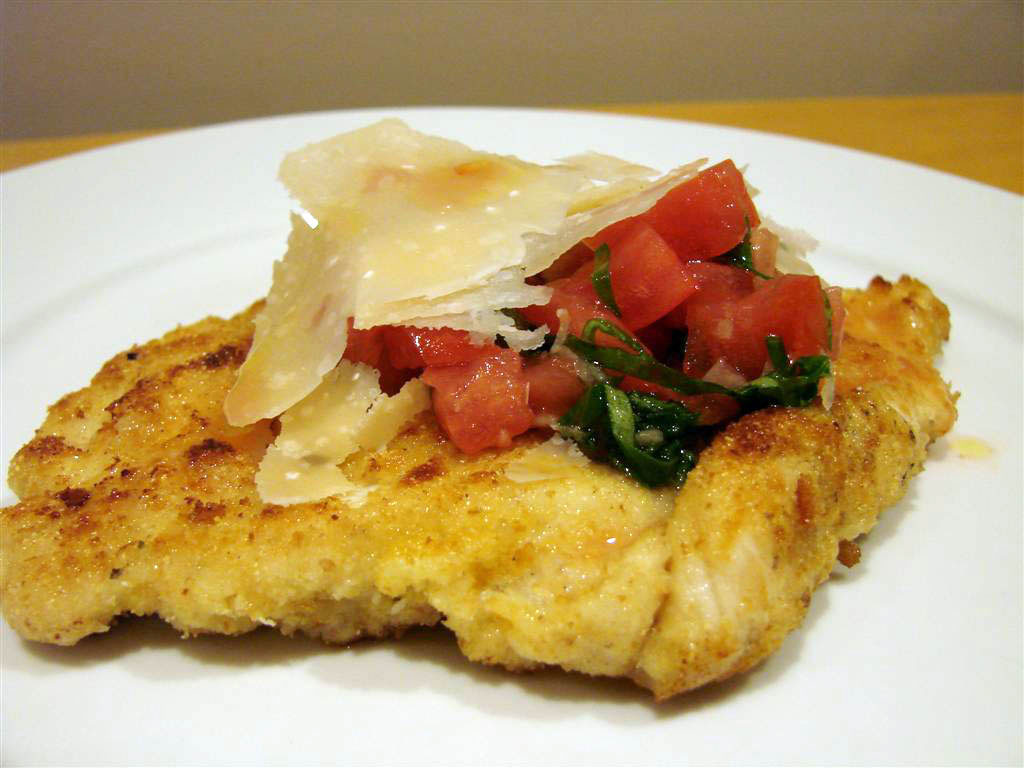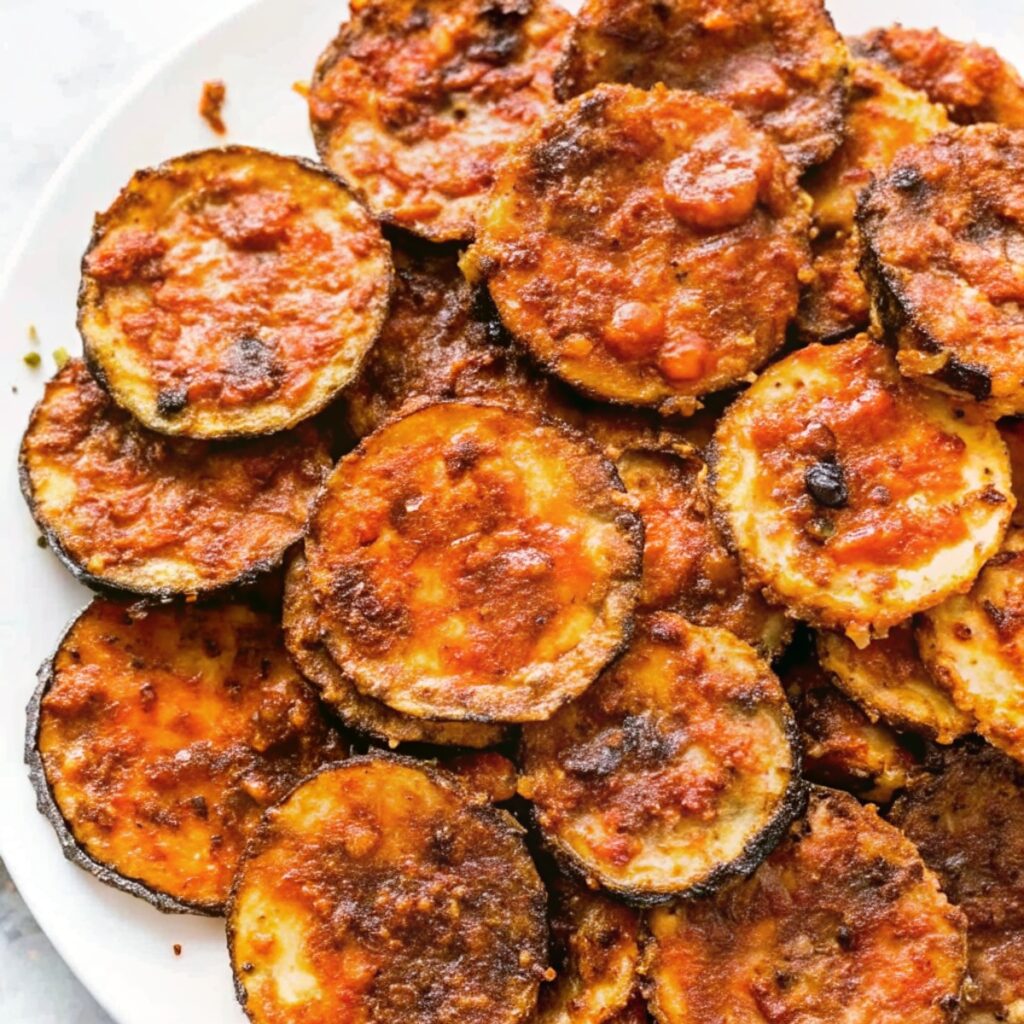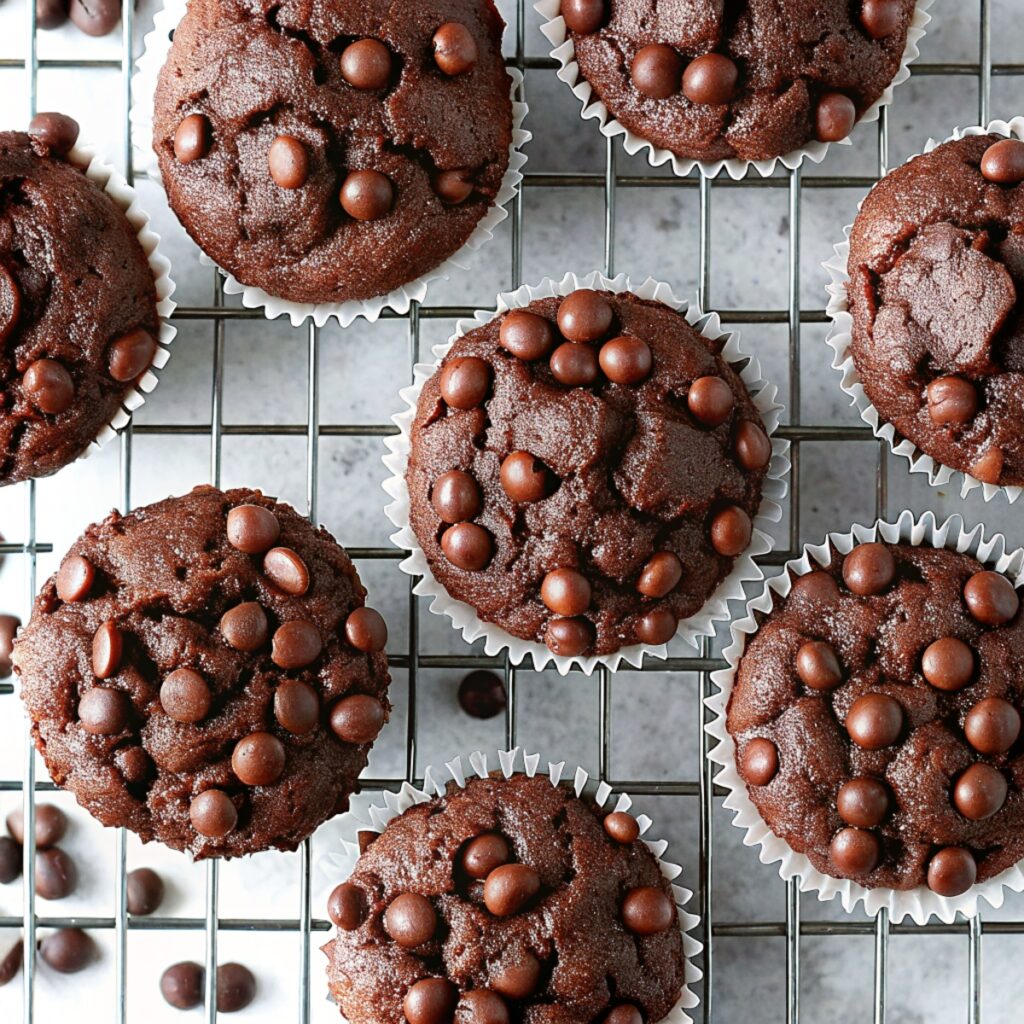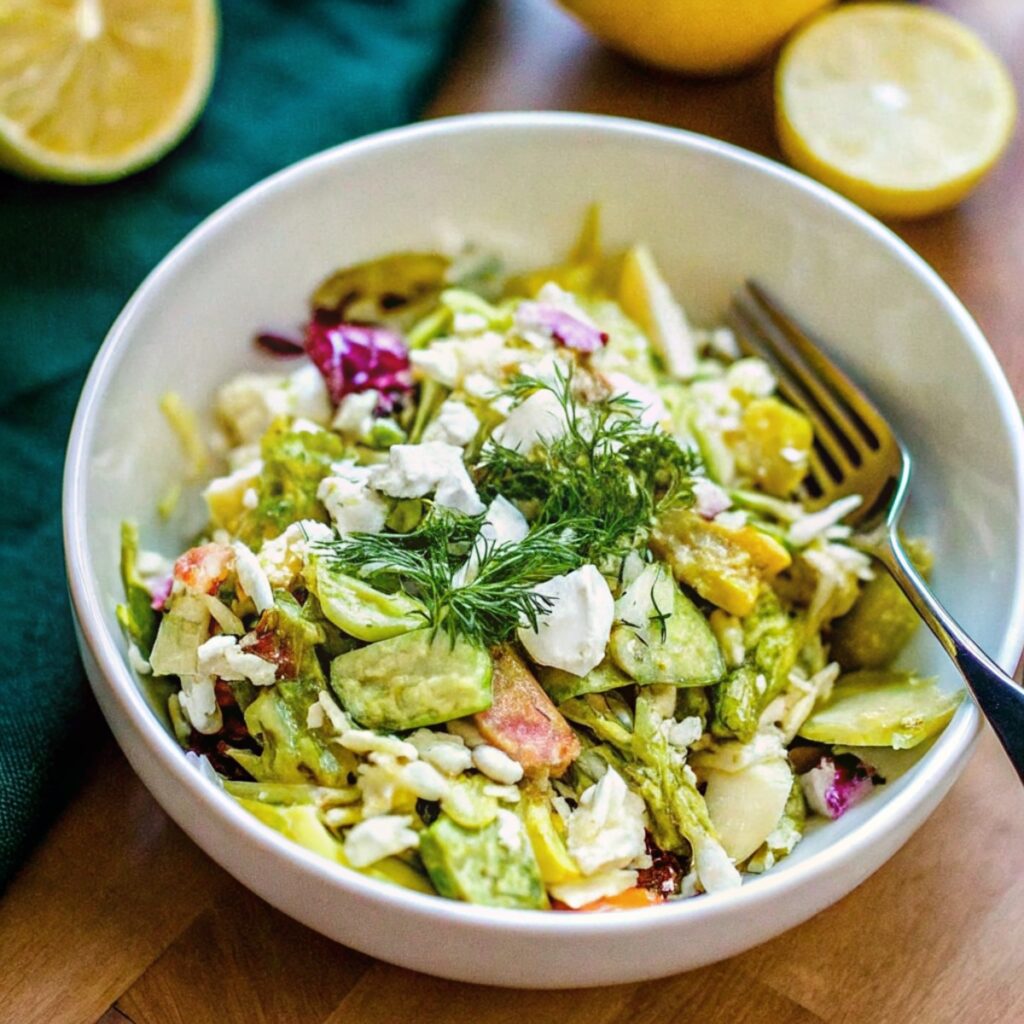There are some occasional exceptions, but typically I don’t buy meat from supermarkets. I think meat should be cut or ground fresh to order and few supermarkets willingly offer that. I also tend to feel, justly or not, that meat from a butcher is typically fresher and better raised. So now that we’ve moved, the only two places within quick walking distance in our new neighborhood exclusively stock Halal meats, that is, meats that follow the dietary restrictions of Islamic law, where the flesh of swine is forbidden. This has caused an increase in our chicken consumption.
Sometimes I see boneless, skinless chicken breasts on sale for cheaper than pork chops would have been, so I can’t pass them up. Unfortunately, chicken breasts need all the help they can get in the flavor department, and having them skinned and boned does little to help these matters. Quite simply, skinless chicken breast is the blandest meat available, and to make matters worse, tends to dry out very quickly.
Our go-to meal at the moment for utilizing cheap chicken breasts is to make chicken paillard. Paillard (pronounced pie-yar) is one of those old school French cooking terms simply denoting something pounded thinly and cooked quickly. Use it to impress your friends! For example, veal scaloppine would be the veal equivalent of chicken paillard. Though the chicken need not be battered, it often is, and it not only helps with textural contrast but keeps the outside of the chicken from drying out as well.
Making paillard is excellent because it is fun pounding on pieces of meat to take out your aggressions, and the process not only makes the meat cook faster but tenderizes it as well. Typically you’ll find chicken prepared this way served with a tomato sauce (think chicken parmigiana) or piccata style (with lemon and capers) but Shannon loathes capers and would divorce me if I put too many in her food, so I make a sort of hybrid bruschetta to go with it instead. Leftovers tend to get a little soft, but make a decent sandwich served cold with some ham and Swiss.
Ingredients:
- 2 boneless, skinless chicken breasts, separated and trimmed of excess fat
- 1/2 cup all-purpose flour
- 1 egg, beaten with 1 tablespoon milk
- 1 cup bread crumbs
- 1 tablespoon unsalted butter
- 2 tablespoons vegetable oil
- 2 ripe Roma tomatoes, diced
- 1 teaspoon capers
- 2 tablespoons extra virgin olive oil
- Juice of 1 lemon
- 1/2 teaspoon sugar
- A handful of basil, chiffonade (rolled up and sliced)
- A few curls of Parmesan cheese
- Salt and pepper
Directions:
Take all chicken breast halves and, optionally, slice halfway into the breasts and fold them open (butterfly them). Place the butterflied breasts between two pieces of parchment paper or plastic wrap and lightly pound them using your hand, a meat tenderizer, a rolling pin, a mortar, a large can or the energy of a small child until they achieve a uniform thickness of about 1/4-1/8″, trying not to tear the flesh.
Set up a small breeding station using three plates or pie tins with the first containing the flour, the second containing the egg, and the third containing the bread crumbs. Season all three lightly with salt and pepper.
Season the breasts as well with salt and pepper, dip them one by one into the flour to coat, then shake off the excess.
Dip a breast into the egg to coat completely, then raise it to drip most of the excess back into the bowl. Press it into the bread crumbs, flip over, and try to get the entire surface covered with bread crumbs. Transfer to a plate or tray and repeat with the remaining breasts.
Heat a large skillet over medium heat with half the oil and butter. As soon as the butter has melted and ceased foaming, add half of the chicken to the pan, giving it a little shake to prevent sticking.
Wait patiently until the chicken appears halfway cooked up the sides, then check to see if a nice brown crust has developed. If so, flip the chicken over and continue cooking for an additional minute or two until they are cooked through. Transfer them to a plate and keep them warm in a low oven while you repeat the process with the remaining chicken breast halves.
Combine the tomatoes, capers, olive oil, lemon juice, sugar and basil and season to taste with salt. Unfortunately, depending on the acidity/sweetness of the tomatoes you may need more or less sugar and lemon juice, so adjust until it meets your tastes. Serve atop the chicken with curls of Parmesan.






